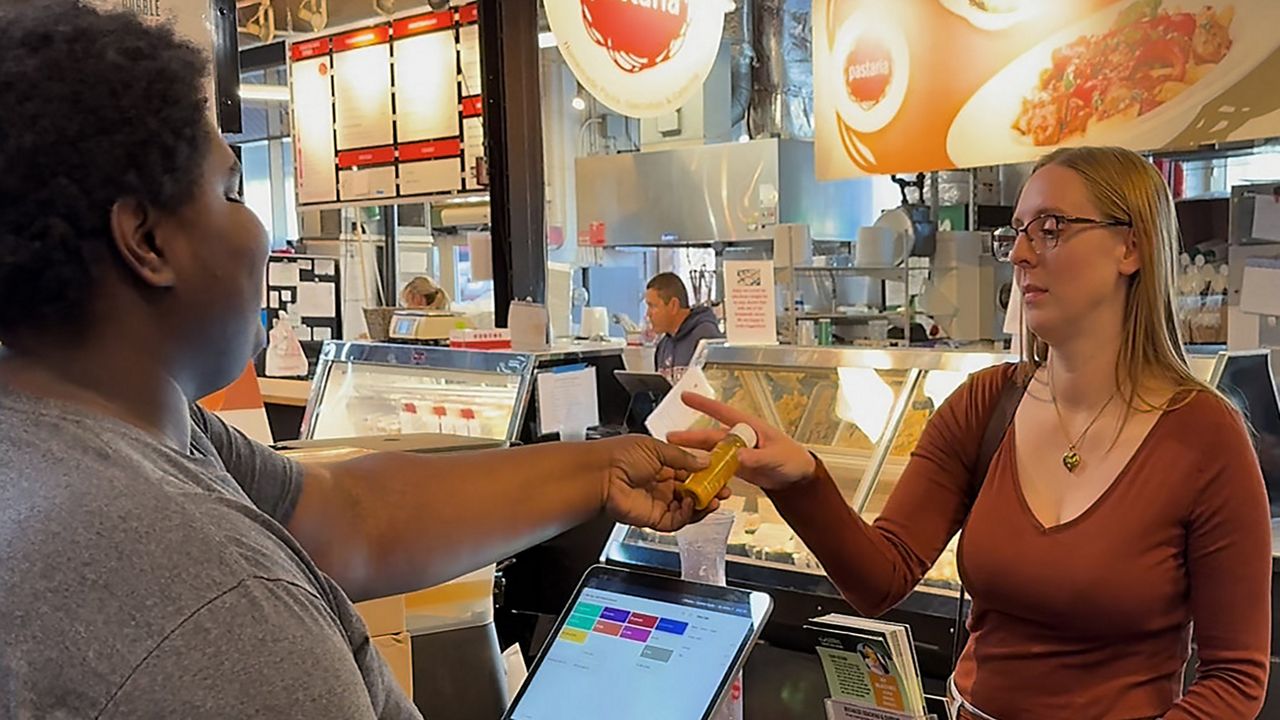COLUMBUS, Ohio — As food prices continue to rise across the United States, more people say the cost of healthy food makes it difficult to eat well, according to new data from the Pew Research Center. Health experts and consumers alike are confronting the growing challenge of balancing nutrition with affordability.
Rachael Garvin of Columbus said she first began prioritizing healthy eating during the COVID-19 pandemic, but she’s had to be more mindful about maintaining those habits as prices have climbed.
“I would say the cost of eating healthy has hit me hard during, like, transitions in my life,” Garvin said. “Would I rather have all of my bills paid on time, or would I rather have a house full of healthy groceries that I spent probably a little bit more than I needed to at the time.”
A Pew Research Center survey found that more than half of U.S. adults said the rising cost of healthy food makes it harder to eat well. Only 21% said cost is not a barrier and 9% report that prices have not increased for them.
Nutrition health coach and registered nurse Julie Hiller, of Balance Health and Nutrition, said healthy eating can be affordable with proper planning and education.
Hiller said once people understand what a healthy plate should look like, the conversation shifts to budgeting. She offers practical tips — from sticking to the basics, to shopping in bulk, choosing store brands and finding affordable ways to prepare balanced meals.
For Garvin, cost and convenience often go hand in hand. She said she takes daily wellness juice shots to stay healthy but has started making them herself to save money.
“It is more cost effective to make it yourself. You just kind of have to put a little more time and effort into doing all of that work,” she said.
Research from the National Library of Medicine found nearly 9 in 10 higher-income Americans still do not eat enough vegetables daily, suggesting that healthy eating challenges go beyond finances to include habits and knowledge.
Hiller said one way to help consumers is through clearer food labeling.
“On our plate should be a protein, some healthy fats and fiber, usually in the form of fruits and vegetables,” she said, adding that fewer ingredients generally means a healthier product.
For Garvin and many Americans, deciding what to eat has become both a health and financial calculation.


